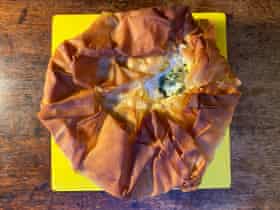
While the British, in recent years at least, have tended towards meat for Easter, in Italy, torta pasqualina, or Easter cake, seeks to make the most of new season’s greens … which, after all, is what most of us are craving after six months of northern darkness. Chef and writer Stefano Arturi calls this Ligurian classic, now popular nationwide, “one of the highlights of the Italian vegetarian canon – the quintessential spring dish”, and, being easy to make ahead, impressive to look at and perfect for feeding a crowd, it works as well for Sunday dinner as it does on an Easter Monday picnic.
The pastry
Though it’s called a torta, this is, in fact, a pie – and, as such, open to the usual pastry-based compromises that always suggest that making the stuff is far more difficult than it actually is. Arturi writes on his Italian Home Cooking blog that the dish demands a “golden, shatteringly flaky olive oil pastry”, traditionally dividing the pie into 33 layers to represent the 33 years of Christ’s life. Thankfully, as Fred Plotkin explains in Recipes from Paradise, “it has evolved in modern times to something that may or may not be 33 layers, but it is still associated with its original inspiration”.
You could use ready-made puff pastry, as Yotam Ottolenghi and the Silver Spoon suggest (though Arturi draws the line at that, calling it “untraditional, inauthentic and plain wrong”), but the filo Katie Caldesi recommends in her Italian Cookery Course is a better substitute. Just as with the traditional flour-and-water pastry for which she also gives a recipe, the crisp texture and plain flavour make for a satisfying contrast with the filling; meanwhile, delicious as Rachel Roddy’s avowedly non-traditional butter and ricotta crust is, we find it too soft and rich here.

Arturi concedes that “the woman who is these days considered the high priestess of torta pasqualina, and one of the last keepers of traditional Ligurian cooking, Signora Enrichetta Trucco, says that the “33 sheets business” is not compulsory at all: as long as you make between eight and 10 layers, you will be firmly in real torta pasqualina territory. I try using eight, but in relatively small pies of this sort, they tend to go stodgy, so in the end, and with due apology to the signora, I’ve limited myself to a mere six. As further insurance, make sure you stretch out the pastry as thinly as possible, brush it liberally with oil and scatter it with breadcrumbs, as Arturi does, to help absorb some of the liquid from the greens.
The greens
Swiss chard, Caldesi says, “is used traditionally, but spinach is easier to get hold of”. Yes and no: baby spinach is very easy to get hold of, but, as with spanakopita, this is a dish that demands a more mature leaf; I find tender young ones yield an unpleasantly pulpy texture, so if you can’t find, or don’t like, chard, swap in frozen whole leaf spinach, thawed and squeezed thoroughly dry before use, instead. Chard, however, is fairly widely available these days – cook the stalks and leaves separately, as Ottolenghi suggests, because the former will take much longer. What’s more – and this is vital – wring it out well before adding it to the pie, to ensure as little liquid as possible leaks into the pastry.
Plotkin asks the cook to note that “there are alternatives in terms of which vegetables to use. Baby artichokes are available at Easter time, and for many Ligurians are the vegetable of choice when they are in season,” but he also suggests beet greens or borage. Borage being pretty thin on the ground in my greengrocers, and beet greens being not dissimilar to chard, I decide to have a go with baby artichokes, which actually are more forgiving to prep than their full-sized elders, but they are so rare in the UK that it seems a shame to hide them in a pie, nice as the results are. I would suggest using tinned artichoke hearts instead, but I’m too scared of Italians. The main thing is to make sure that whatever you use is dry and well seasoned.
The seasoning
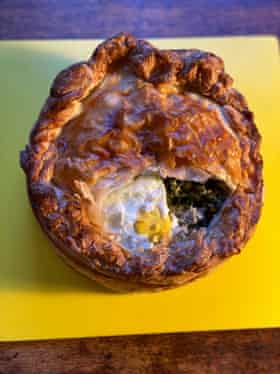
Fried onion is the most common choice of aromatic, used by Caldesi, Plotkin, Arturi and Ottolenghi. It gives the filling a savoury note that’s particularly welcome with the earthiness of chard; rather than adding the greens to the same pan, though, which means you’d squeeze out some of the oil along with the water, I’m going to cook them separately, then stir them together at the last minute. Ottolenghi also adds celery, which, because I don’t like celery, won’t be going into my final dish, though his dill is popular – it gives the dish a slightly spanakopita-esque quality that we like, though it doesn’t feel quite as Italian as the parsley with which he combines it. Arturi, the Silver Spoon and Plotkin all use marjoram, which is near impossible to find, but when I do, no one can really taste it, so I’m not going to suggest it unless you happen to have some growing in the garden.
More important, in my opinion, is the spicing. Arturi notes that Signora Trucco uses a pinch of an ancient spice blend called la saporita, which contains coriander, cinnamon, caraway seeds, cloves, nutmeg and star anise: “Perhaps a relic of Renaissance cooking, when spices were used much more liberally in Italian cooking than today.” I’m going to nod to that with a generous grating of nutmeg, because that goes so well with both greens and cheese, but any or all of the above, or indeed the warmth of Ottolenghi’s allspice, will work to lift the creamy sweetness of the filling.
The dairy
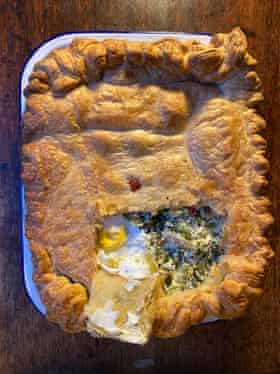
Traditionally, the cheese layer was made from prescinsêua, a fresh, acidic cheese native to the Ligurian coast, but this, Arturi says, is almost impossible to find outside the region, so most Italians use ricotta instead. (Plotkin notes that it is actually thought to go better with artichokes, in any case.) Only Caldesi uses something else, namely creme fraiche, which proves popular for its tangy flavour, but lacks the body of ricotta – Arturi mixes the two, but I like the lighter texture that Greek yoghurt brings to proceedings, and which I try in Plotkin’s recipe, as opposed to the double cream of the Silver Spoon, which makes the whole thing a bit loose. Beaten eggs, though not mandatory, give the cheese layer a pleasant, moussey consistency. You could season it well and leave it at that, but this is a special-occasion dish, so most recipes add grated parmesan (vegetarians should note that most hard cheeses will work here; Ottolenghi even adds some distinctly un-Italian cheddar).
Modern recipes tend to mix the greens and cheese, but I like Plotkin’s idea of keeping them separate, as I suspect the original, multi-layer version would have done – it’s more interesting to eat and looks more striking. He also suggests putting a layer of pastry in the middle as a divider, but we find this both unpleasantly gummy and unnecessary.

Eggs aren’t mandatory, either – Arturi quite reasonably says he doesn’t care for the flavour or texture of overcooked yolks – but they do feel festive at this time of year, and they certainly look very pretty, too. Traditionally, they go on top, but I like the colour contrast with the greens, so I’m going to put them in the bottom layer. You’ll need to be careful not to break the yolks when you add the top layer, but if I can manage it, believe me, so can you.
Leave to cool to warm room temperature before serving, to give the filling a chance to set.
Perfect torta pasqualina
Prep 20 min
Rest 1 hr+
Cook 1 hr 15 min
Serves 6-8
For the pastry (or use 500g filo)
300g plain flour
½ tsp fine salt
30ml extra-virgin olive oil, plus extra for brushing
For the filling
1kg Swiss chard or spinach (if using frozen spinach, you’ll need about 2kg; thaw and squeeze out, then add in step 4)
1 onion, peeled and finely chopped
2 tbsp olive oil
250g ricotta
150g full-fat Greek yoghurt
5 eggs (all but 1 optional)
50-75g finely grated parmesan
Nutmeg, grated
1 handful breadcrumbs
For the pastry, put the flour and salt in a large bowl and make a well in the middle.
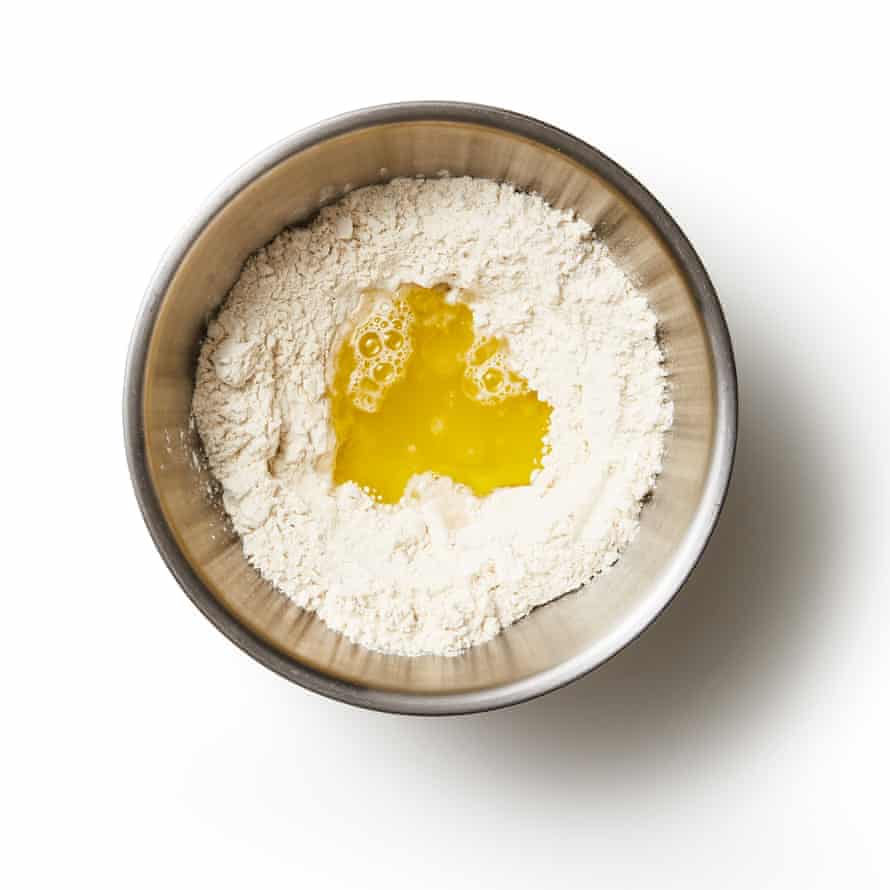
Add the oil and about 75ml tepid water, stir, then add just enough additional water to bring everything together into a coherent but not sticky dough.
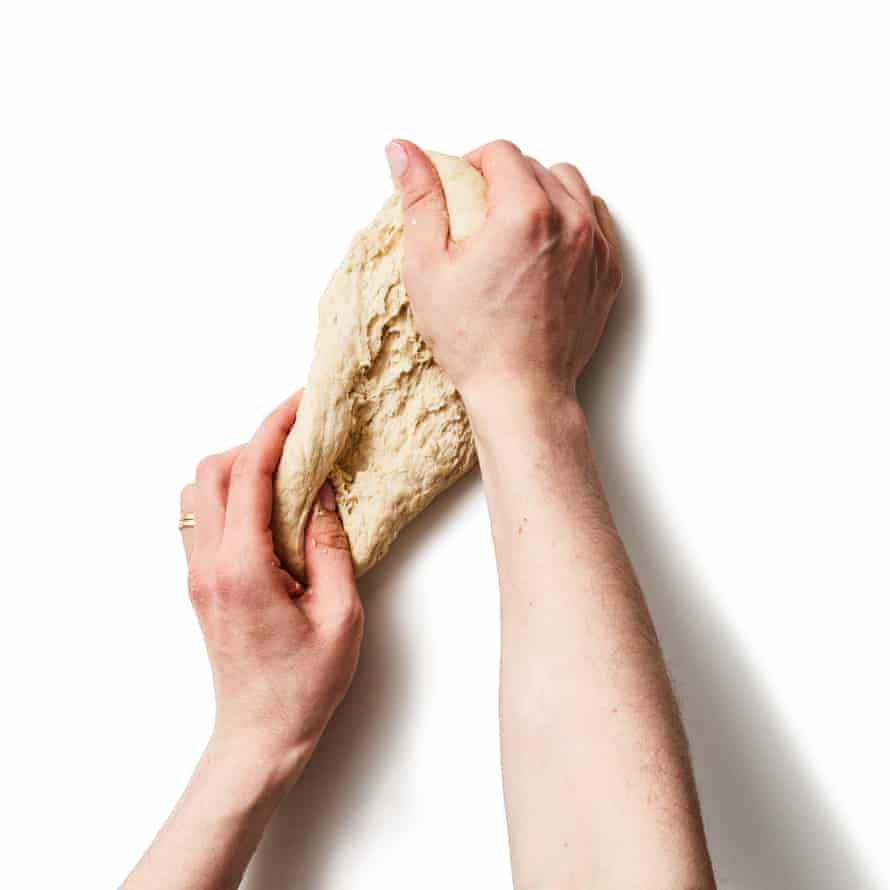
Knead well until smooth, then cover with a damp cloth and leave for at least an hour – if you want to leave it for longer, chill and bring back to room temperature before use. (You can also use a food mixer to mix the dough.)
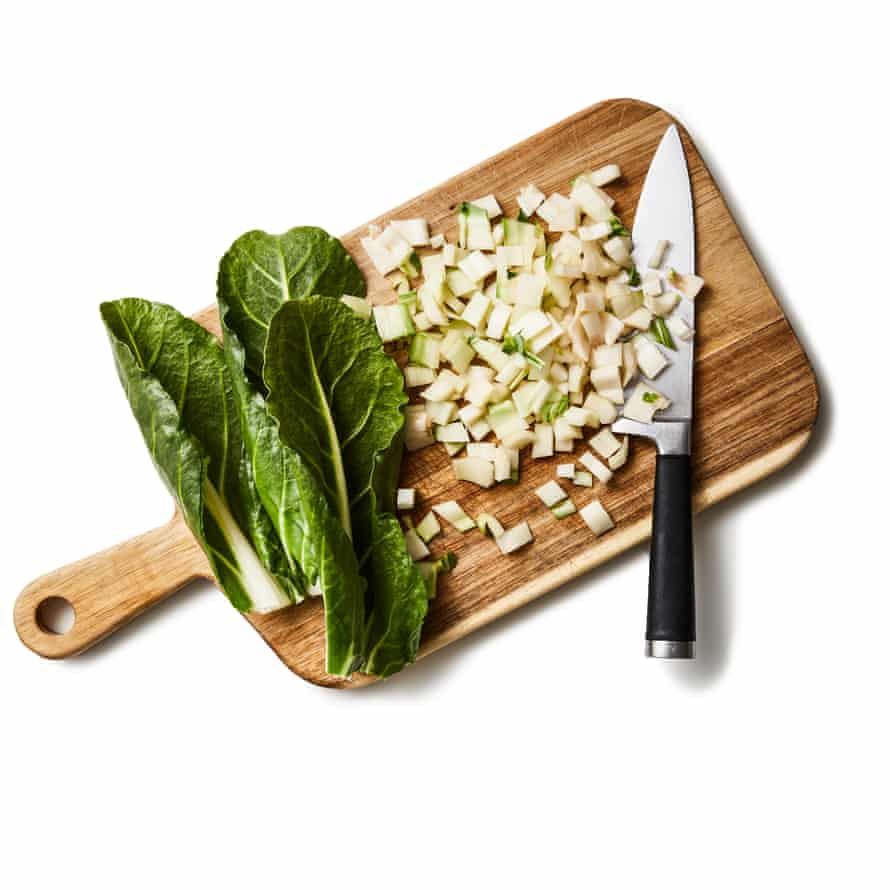
Meanwhile, if using chard, separate the stems, cut them into roughly 1cm pieces, then wash.
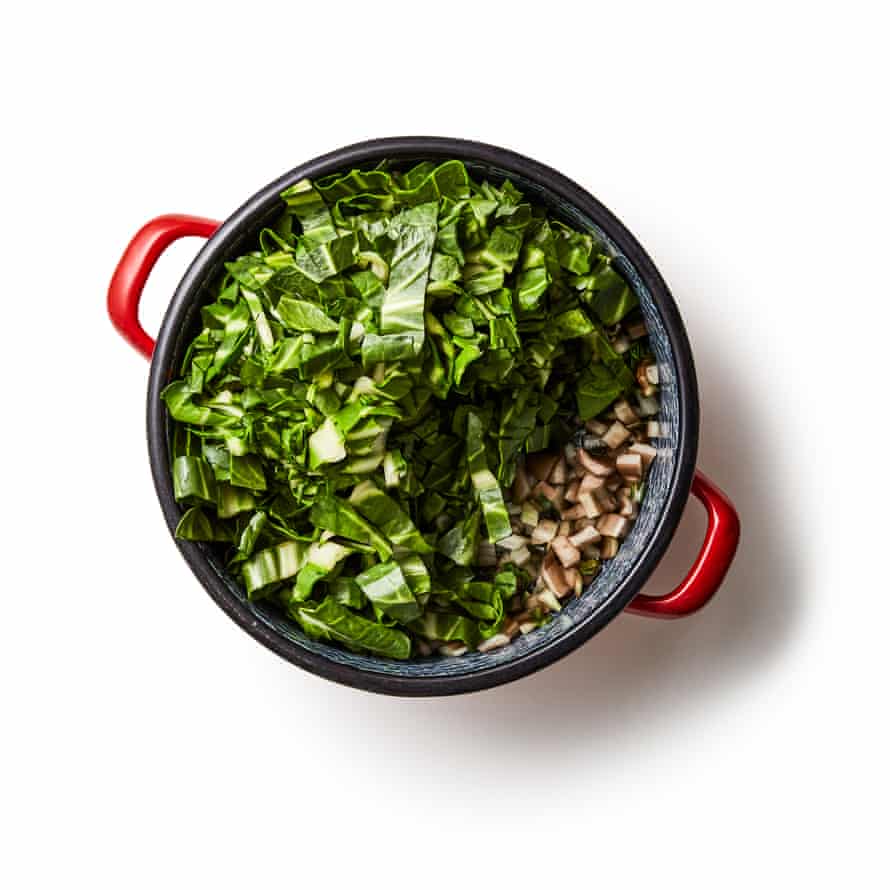
Heat a large pan for which you have a lid on a medium-low flame, and add the chard stalks. Cover and leave to steam, shaking occasionally, while you chop and wash the leaves (if you have a thin-based pan and are worried about it sticking, add a splash of oil). Add the chard leaves to the pan, cover and cook, shaking occasionally, until wilted.
When cool enough to handle, transfer the chard to a clean tea towel or a piece of muslin, and squeeze out as much liquid as possible. (If using fresh spinach, chop and cook it all together. Frozen spinach, on the other hand, should be defrosted and squeezed out.)

Heat the oil in a wide pan and fry the chopped onion until soft but not coloured. Add the squeezed chard and toss to mix with the onion and oil. Season with salt and nutmeg, then leave to cool.
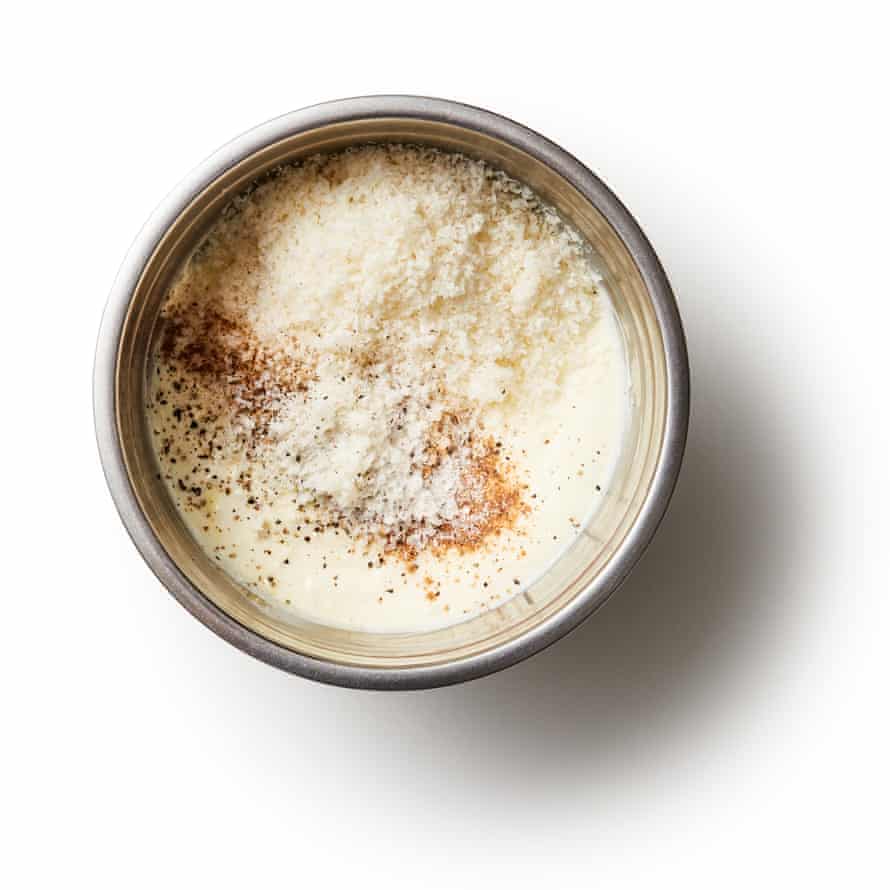
Drain off any liquid from the ricotta and yoghurt, then mix. Add one egg, beat well, then stir in the parmesan and a little nutmeg, and season.
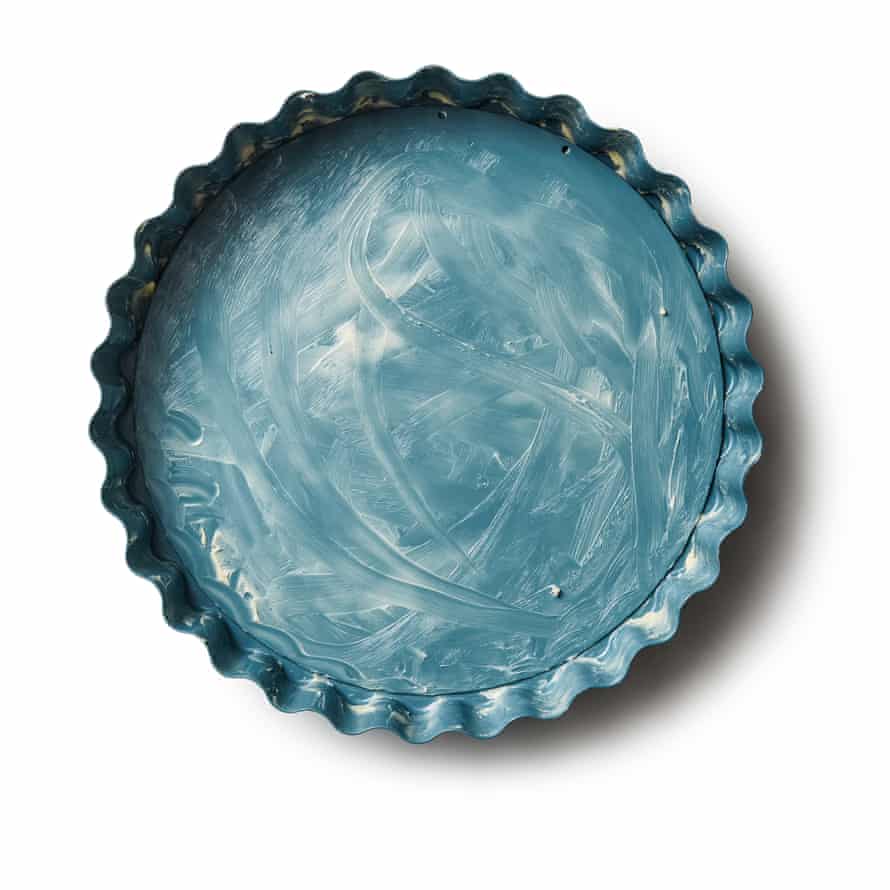
Lightly grease a deep 24cm-wide tart tin, and heat the oven and a baking tray to 200C (180C fan)/390F/gas 6.
Divide the pastry into six equal pieces and cover so they don’t dry out. Combine two pieces, roll into a large ball, then roll out or stretch on a lightly floured surface until it’s as thin as you can get it and large enough generously to line the tin.
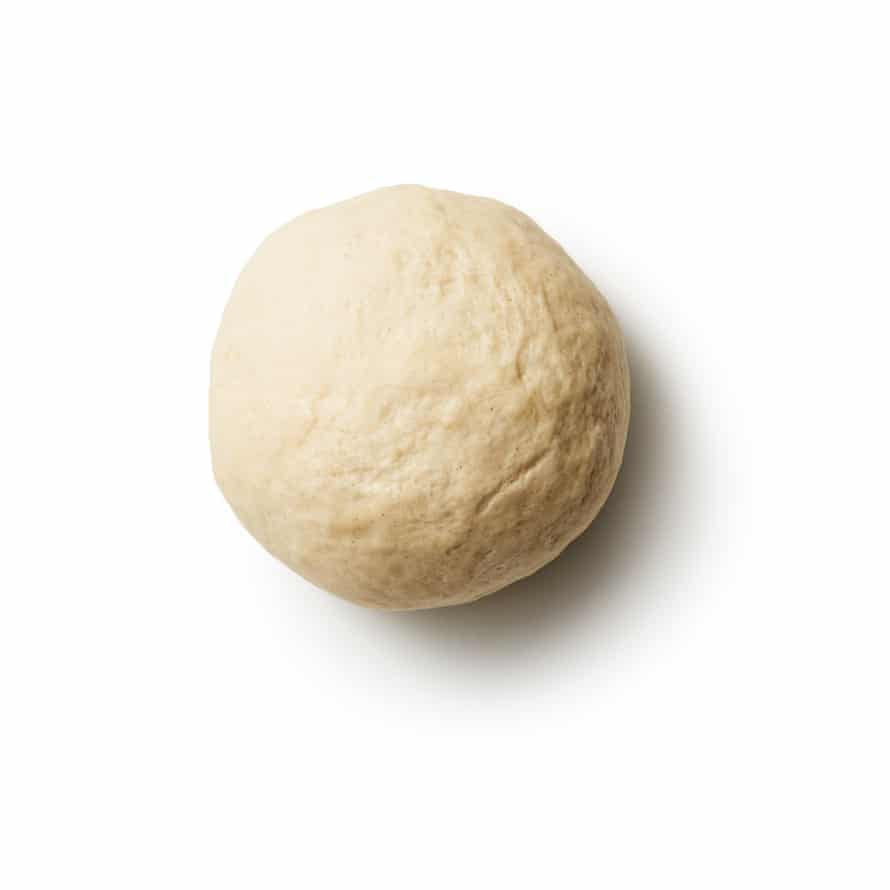
Lay the pasty into the tin, allowing the excess to overhang the sides, then brush all over with oil.

Roll out the third piece of pastry as thinly as possible, cut it to the size of the tin and lay on top of the pastry base. Oil and repeat with a fourth piece of pastry, then oil the top layer and scatter over the breadcrumbs.

Spoon the chard on top of this, then make four wide divots in the greens. Crack an egg, if using, into each, and season.
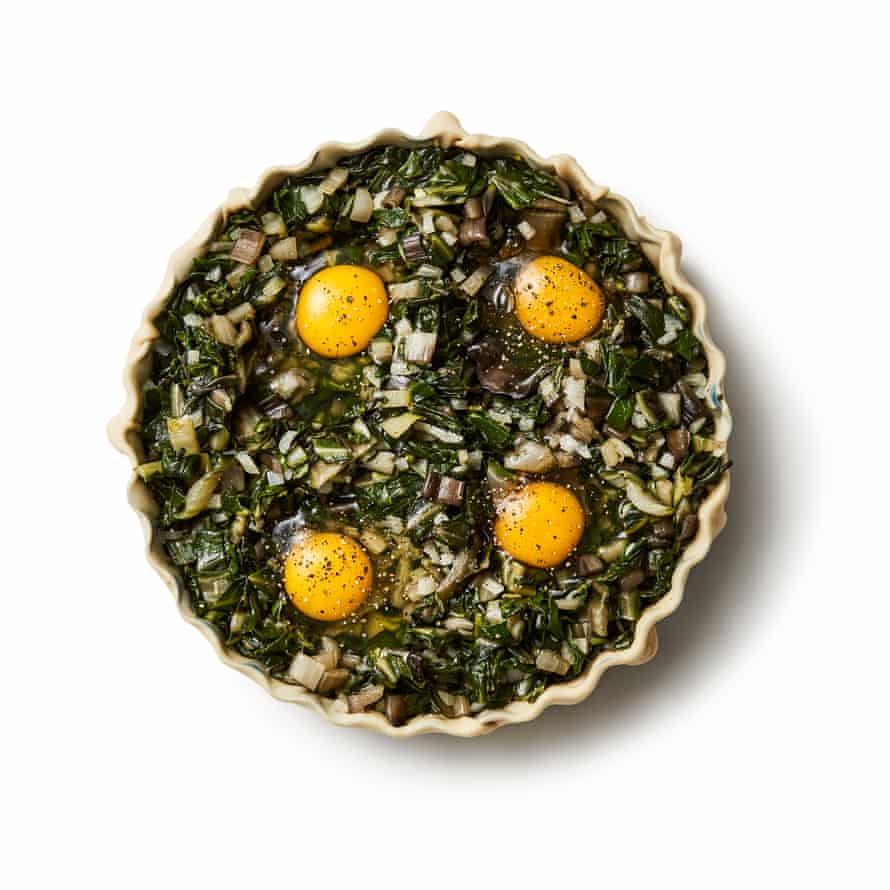
Carefully spoon the cheese on top, trying not to push it down too hard on the eggs so the yolks stay intact. Roll out the penultimate piece of pastry, brush with oil and lay it on top, then roll out the final piece and stretch this over everything, to enclose.
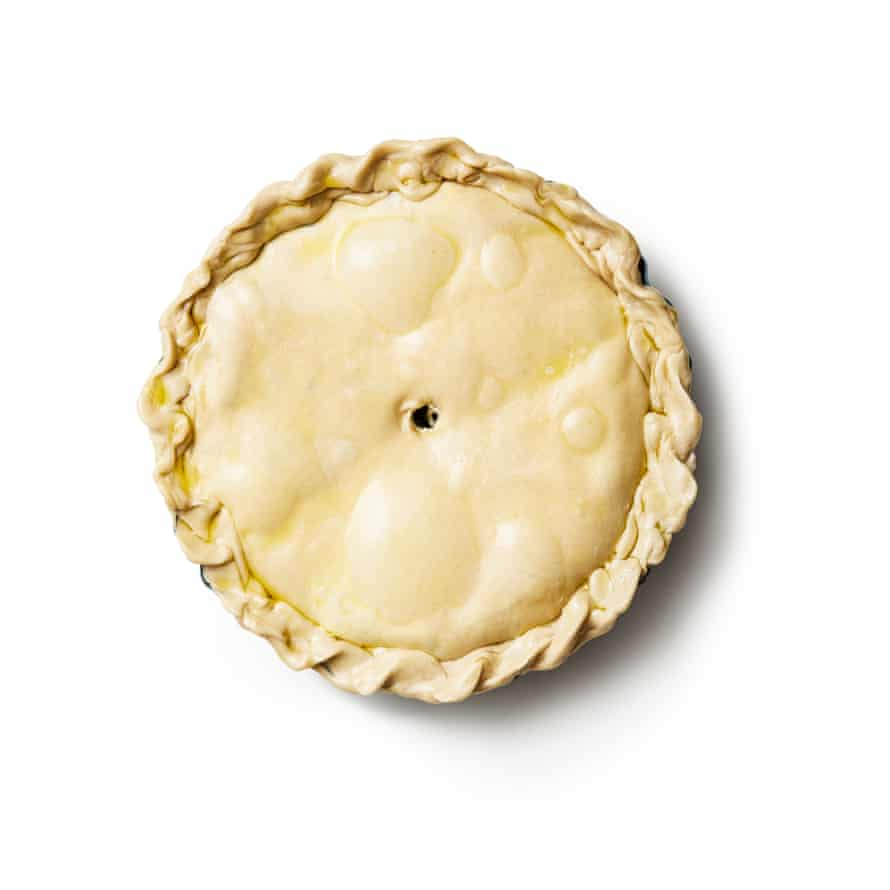
Press the edges together to seal, then trim and crimp (watch a video online if you’re not sure how to do this). Cut several slashes in the top layer, to help the pastry cook through, make a small hole in the centre to let steam escape from the filling during baking, then brush with more oil.
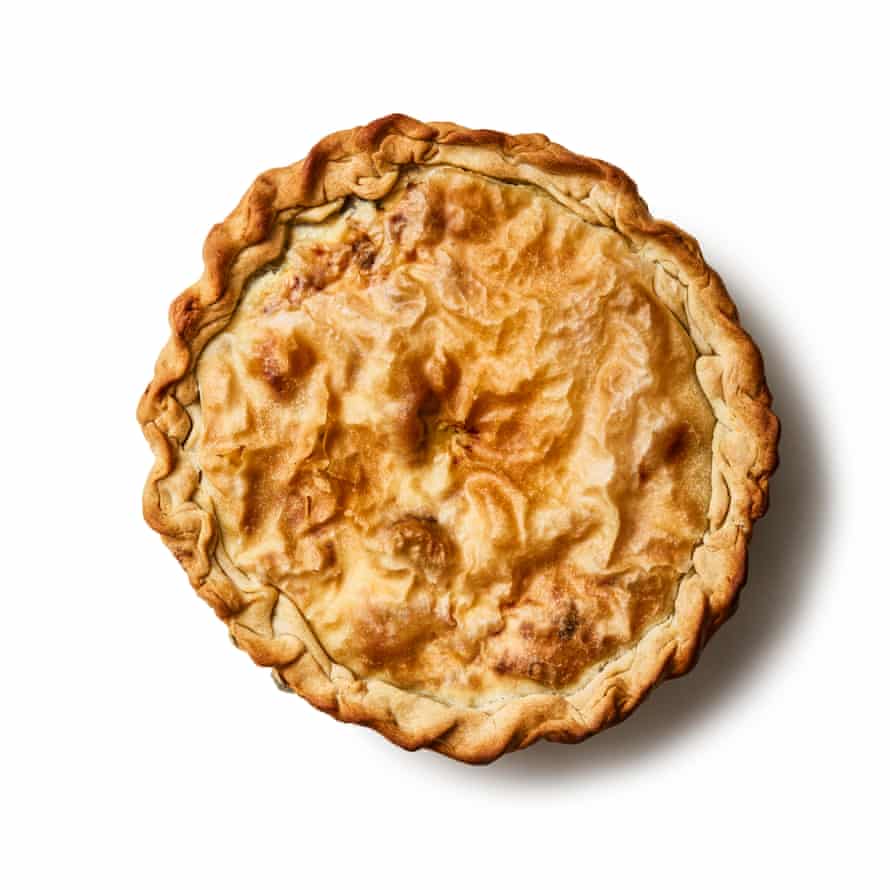
Bake for 45-55 minutes, or until golden, then remove and leave to cool to room temperature before slicing and serving.
-
Torta pasqualina: do you put artichokes, chard, spinach or even wild greens in yours? Do you make your own prescinsêua? Or do you have another Easter favourite you’d like to recommend?
-
UK readers: click to buy these ingredients from Ocado



